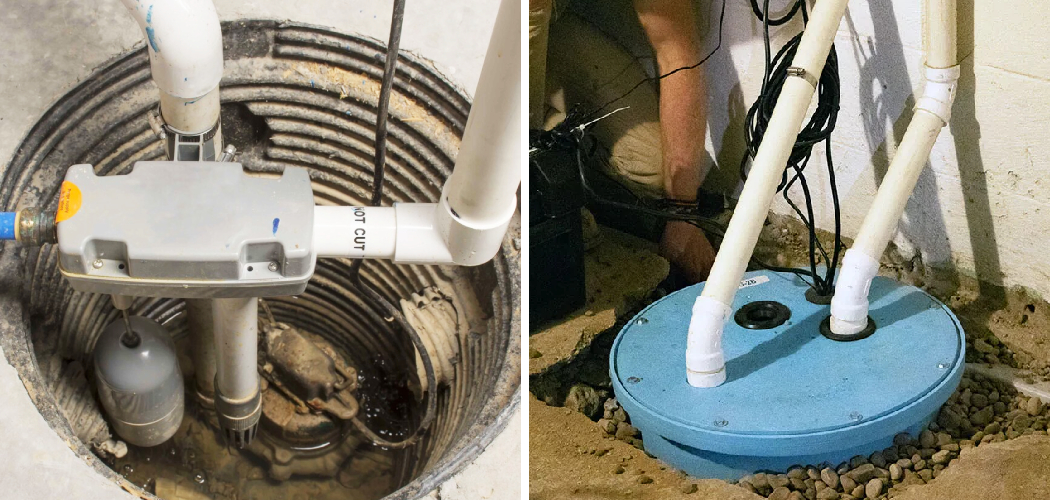Do you have a basement or crawl space in your home that’s prone to flooding? Do you want to keep your basement dry and ensure it stays free of water damage? If so, you’ll need to consider investing in a sump pump. However, while choosing the right pump can help protect your home from potential flooding, getting the wrong one could leave your basement vulnerable.
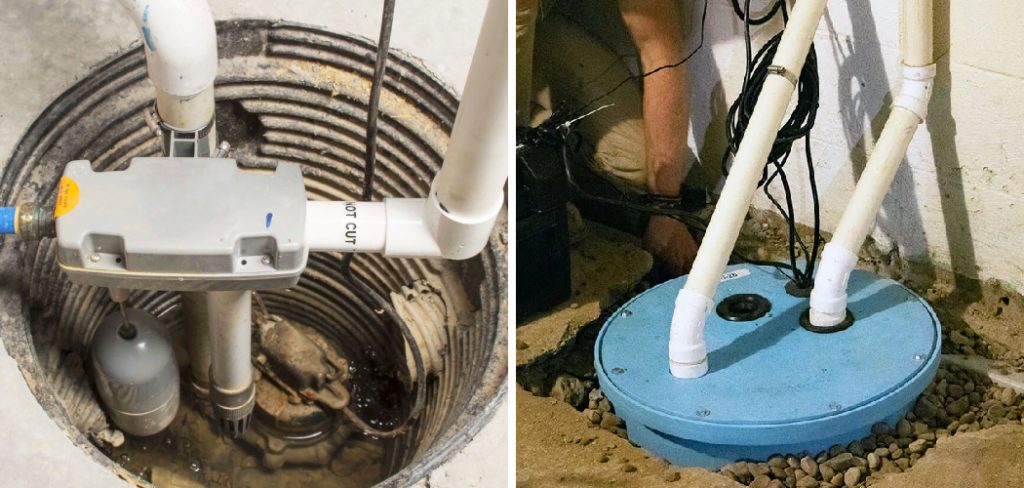
By understanding what features will best serve your needs — such as power capabilities, disposal options, and more — you can make an informed decision that will have lasting benefits for years to come.
In this blog post, we’re going to take a closer look at how to choose the perfect sump pump for keeping your basement dry. With our guidance on how to choose a sump pump, you can take control of keeping water out of the lower parts of your house while saving time and money!
What is a Sump Pump?
A sump pump is a device used to remove any unwanted water that accumulates in your basement or crawl spaces. It is installed in the lowest part of your home’s basement and works by pumping out any excess water before it causes damage.
Sump pumps come in two different types: Submersible and Pedestal. A submersible pump is installed directly in the sump pit, while a pedestal pump is placed on top of the sump pit. Both pumps are designed to collect and remove excess water from your basement or crawl space before they can cause extensive damage to walls and furniture.
Benefits of Installing a Sump Pump
Having a sump pump installed in your home can provide several benefits, such as:
- Protection from water damage due to flooding
- Reduction of mold and mildew
- Lowering the chances of basement leakage or moisture seepage
- Improving energy efficiency by preventing humid air from entering your home.
Also, sump pumps are relatively easy to maintain and don’t require a lot of upkeep.
What to Keep in Mind When Choosing a Sump Pump?
When selecting a sump pump, there are several factors you should consider. Here’s a quick overview of some key points to keep in mind:
1. Capacity
Make sure the sump pump has enough power and capacity to handle any water that might enter your basement. Consider the size of your home and the amount of water it could potentially receive during rainy seasons or periods of heavy snowfall.
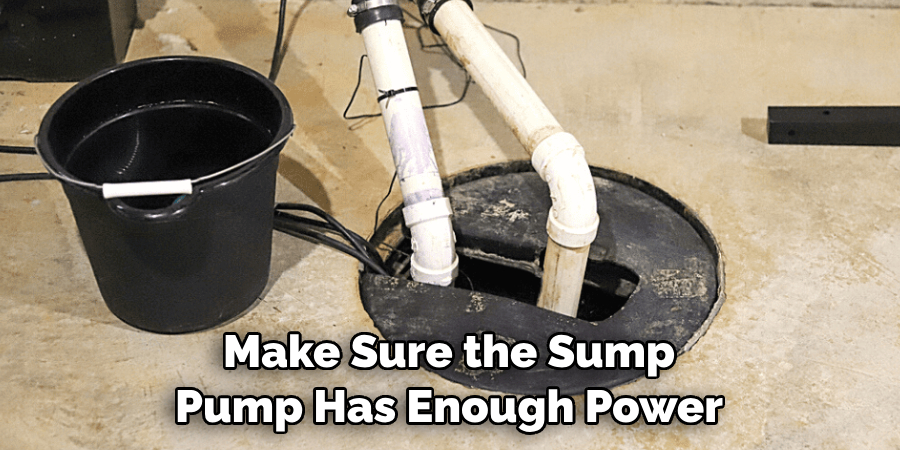
2. Disposal Options
The type of disposal option you choose will depend on the existing plumbing in your home and how much water needs to be cleared away. Choices range from using a regular garden hose to connecting a sump pump directly to a sewage system or to an interior or exterior drain line.
3. Power
Sump pumps come in two different types of power sources: electrical and battery-powered. Electrical sump pumps are cheaper and more reliable, but they can be dangerous if installed in a damp or wet area. Battery-powered models offer an additional layer of protection from flooding during a power outage.
4. Alarms
Many sump pumps come with alarms installed that will alert you in the event of a power outage or if the pump is not functioning correctly. This can be an important feature to consider, as it helps keep your basement or crawl space safe from flooding, even if you’re away from home.
10 Instructions on How to Choose a Sump Pump
1. Size
Determine the size of your basement or crawl space and the amount of water it could potentially receive during rainfall. When choosing the size of your sump pump, make sure it has enough power and capacity to handle all the water.
2. Type of Pump
Choose between a submersible or pedestal pump, depending on the depth and size of the sump pit. Submersible pumps are installed directly into the pit, while pedestal pumps sit atop it.
3. Power Source
Consider what type of power source you’d like to go with electric or battery-powered. Electric pumps are cheaper and more reliable but can be dangerous if installed in a wet area. Battery-powered sump pumps offer an additional layer of protection from flooding during power outages.
4. Discharge Pipes
You’ll need to choose the correct type of discharge pipe for your pump based on the existing plumbing and how much water needs to be cleared away. Discharge pipes come in a variety of materials, sizes, and shapes and can range from using a garden hose to connecting directly to your house’s interior or exterior drain lines.
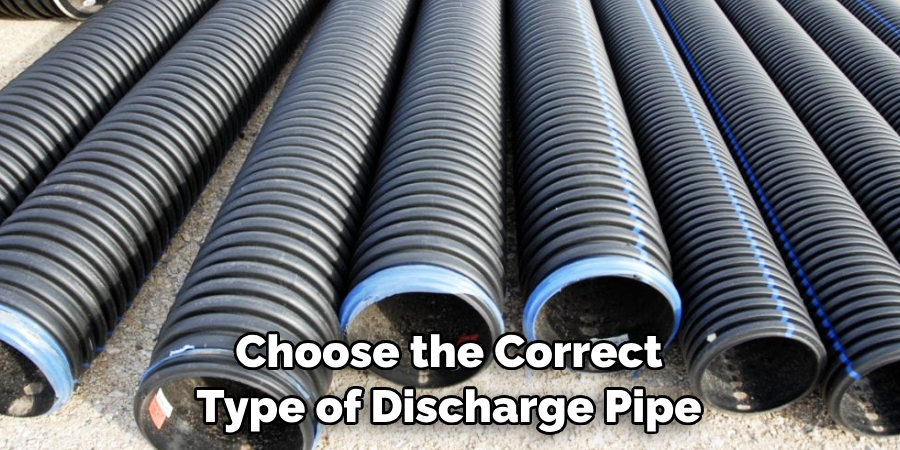
5. Efficiency
Make sure you select an energy-efficient sump pump that won’t see you spending too much on electricity bills. High-efficiency pumps are designed to reduce energy costs by up to 70%, while still providing plenty of power for clearing away water.
6. Certification
When it comes to safety, make sure the sump pump is certified and meets all local building codes. Choosing a model with UL certification is always a safe bet, as it indicates that the manufacturer has met certain safety requirements.
7. Maintenance and Service
Check to see if the pump includes any warranties or guarantees for maintenance and repair services. This can be a good way to make sure you’re getting the most out of your purchase and help keep your basement dry in case of any mechanical issues with the sump pump.
8. Price
Take into account your budget when deciding on a sump pump. There are plenty of models available at different price points, so you can find one that fits within your budget without sacrificing quality or power.
9. Alarms
Consider getting an alarm system installed along with the sump pump. This will help you stay alert if the power goes out or if the pump isn’t working properly, so you can take action quickly in case of a flood.
10. Installation
It’s important to make sure your sump pump is correctly installed by a professional contractor who understands how to work with this type of equipment safely. A poorly installed pump can result in flooding and other issues, so make sure the job is done correctly.
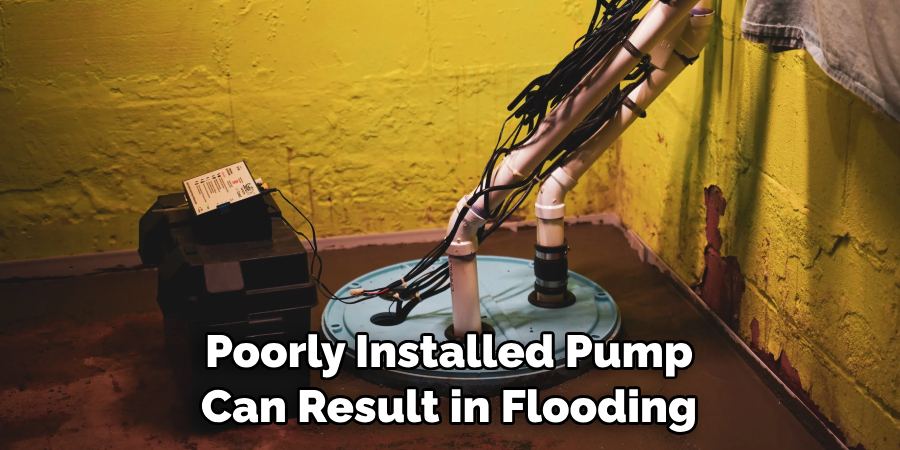
Following these tips will help you feel more confident when selecting your sump pump and ensure that your basement or crawl space is safe from water damage. Take the time to research different models, compare prices, and ask around for recommendations before making a purchase. This way, you’ll be sure to find the perfect sump pump for your home.
8 Maintenance Tips for Sump Pumps
Once you have chosen the right sump pump to meet your home’s needs, it is important to make sure that it is regularly maintained. This will ensure that your sump pump continues operating at its best and saves you from costly repairs or replacement in the future.
Here are 8 maintenance tips for your sump pump:
- Monitor the sump pump periodically. Check that it is connected securely and is free from debris, such as dirt or rocks. Make sure the float switch moves freely and has no obstructions.
- Test your sump pump regularly to ensure that it powers up correctly when needed. You can do this by pouring water into the pit until the pump ramps up.
- If possible, use a battery-powered backup sump pump to protect your home in case of power outages. Battery-powered sump pumps are available in most home improvement stores.
- Check the discharge line frequently for any blockages and ensure that it is clear of debris.
- Clean out the sump pump’s filter or float screen to prevent clogging and jamming. Don’t forget to disconnect the power to the pump before cleaning.
- Make sure the sump pit is free of any rocks or other objects that can cause clogs. Otherwise, these can damage the internal components of your sump pump.
- Replace any worn-out parts immediately to ensure optimal performance. Commonly replaced parts include seals, valves, and impellers. Also, make sure to check the power cord for any signs of wear and tear.
- If possible, consider installing a water-powered backup sump pump in case of emergencies. This will provide your home with an extra layer of protection from flooding or other types of water damage caused by excess moisture in your basement or crawlspace.
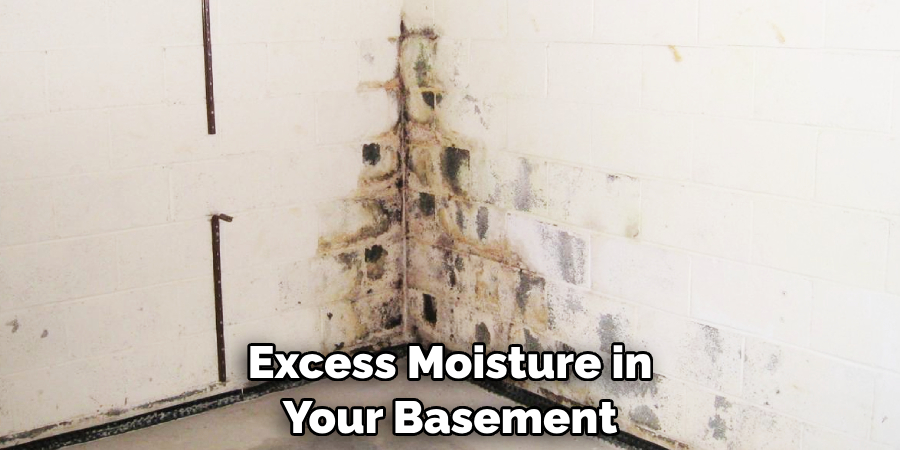
Regular maintenance is the key to keeping your sump pump working properly. Taking the time to check it regularly and replace worn-out parts will ensure that you get the most out of your sump pump and protect your home from water damage.
Conclusion
Choosing a sump pump is an important decision that should be taken into consideration when attempting to protect your home from flooding. Taking into account the size of your pump, the amount of water it can handle, and its features are all elements to consider before making a purchase.
On top of this, it’s important to understand the type and cost of energy you will need to operate the pump, which could be electric, hydraulic, or battery-powered.
When deciding on a sump pump, it is also good to think about the available warranties and whether the company in question offers technical support for any installation issues you may come across.
All these things are essential for knowing how to choose a sump pump and which sump pump best fits your needs ensuring that your investment last for years. With each detail thoroughly evaluated, you are sure to make the best purchasing decision for protecting your home from flooding while saving money in maintenance costs for years to come.

